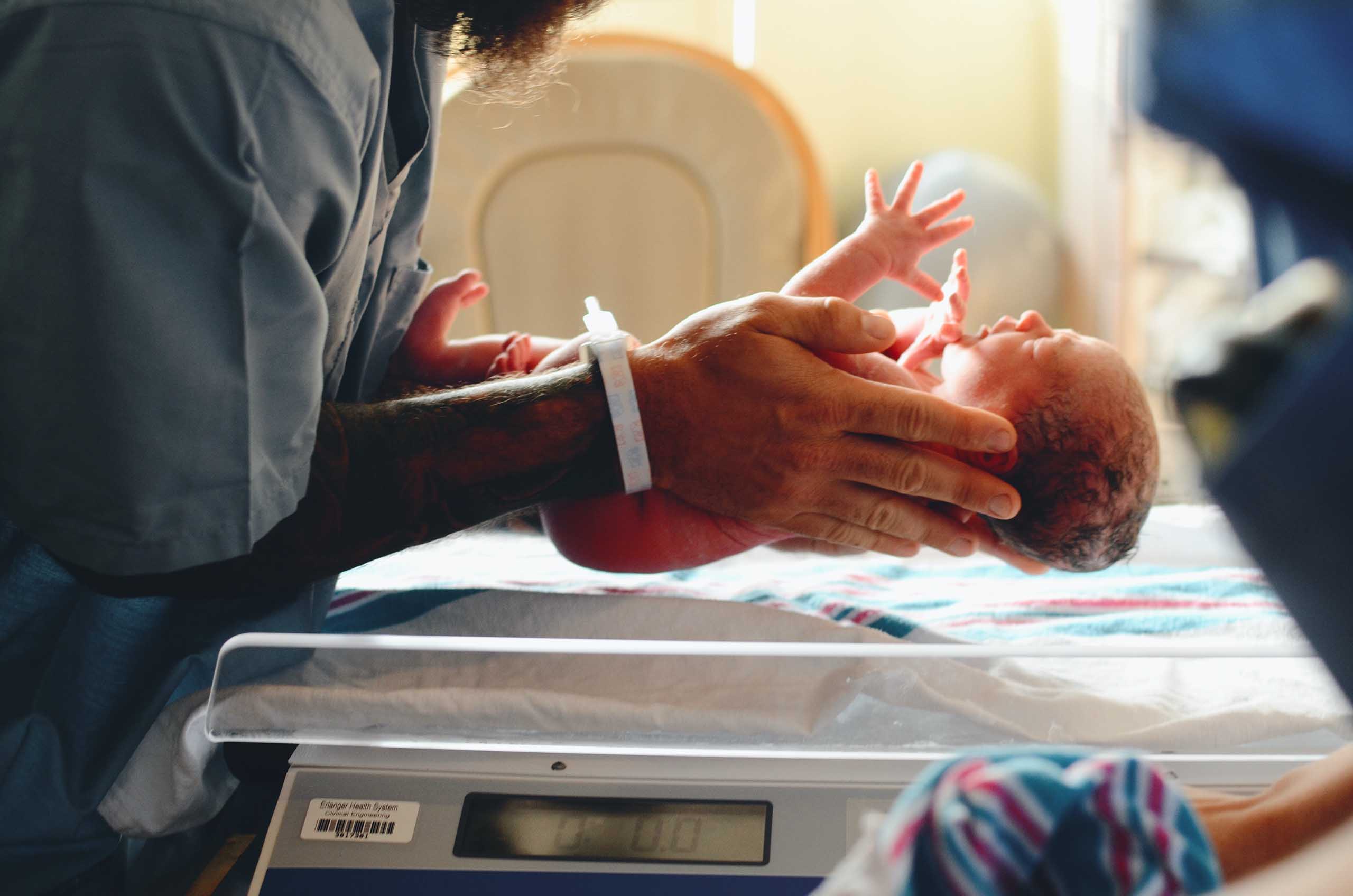
30 years since its introduction in 1992, Curosurf is still one of the greatest discoveries in the treatment of RDS, making it possible for even extremely preterm infants to survive1.
Curosurf (poractant alfa) intratracheal suspension is indicated for
treatment of newborns who have, or are at risk of developing,
RDS (respiratory distress syndrome).
Deficiency of lung surfactant, from whatever cause, leads to severe respiratory failure which in preterm babies is known as respiratory distress syndrome (RDS). RDS is a major cause of acute mortality and morbidity in preterm babies and may also be responsible for long term respiratory and neurologic sequelae.1–4
Curosurf was developed to replace the lack of endogenous pulmonary surfactant by intratracheal administration of a natural surfactant that works in the same way as the body’s own surfactant, called poractant alfa.1
Today, the mortality rate for RDS in the developed world has dropped from nearly 100% to less than 10%. A breakthrough that would not be made possible without the discovery and research of surfactant replacement with Curosurf.1–4
In this 2-minute video Tore Curstedt tell the story about Curosurf in his own words.
Curosurf reduces surface tension at the air-liquid interface of the alveoli during ventilation and stabilizes the alveoli throughout the ventilatory cycle.1,5
The 2019 European consensus guidelines recommend an initial Curosurf dose of 200 mg/kg based
on the strongest evidence and recommendation level6.
Poractant alfa at an initial dose of 200 mg/kg is better than 100 mg/kg of poractant alfa
or 100 mg/kg of beractant for rescue therapy (A1).
The recommended starting dose in early rescue treatment of respiratory distress syndrome (RDS) in newborn babies is 200 mg/kg (2.5 ml/kg), administered in a single dose as soon as possible after diagnosing RDS.6
Additional doses of 100 mg/kg (1.25 ml/kg), each at about 12-hourly intervals, may also be administered if RDS is considered to be the cause of persisting or deteriorating respiratory status of the infants (maximum total dose of 300–400 mg/kg).1,6
Download dosing card
In this video Peter A Dargaville, Staff specialist, Neonatal and Pediatric Intensive Care, Royal
Hobart Hospital, share his knowledge of how to succeed with CPAP treatment.
Curosurf can be administered either by in four different ways*1
a) Disconnect the baby from the ventilator
The baby’s airways are sucked clean before administration. The child is placed in a supine position. Curosurf is given via a catheter whose length is adjusted individually, so that the tip protrudes just above the child’s carina. During a quick disconnection from the ventilator, Curosurf is given for 2–3 seconds. After administration, the child is reconnected to the respirator with the same FiO2 as before administration. The ventilator must then be adjusted immediately with regard to the clinical response. Effect can be expected within 5 minutes. After administration, the airways should not be aspirated for several hours. Experience of long-term follow-up is limited.
b) Without disconnecting the respirator
The baby’s airways are sucked clean before administration. The child is placed in a supine position. Curosurf is given via a catheter whose length is adjusted individually, so that the tip protrudes just above the child’s carina. Administer 1.25–2.5 ml/kg (100–200 mg/kg) of the suspension as a bolus injection, directly into the lower part of the trachea, by passing a catheter into the endotracheal tube through the suction port. Additional doses of 1.25 ml/kg (100 mg/kg) may be administered in the same manner if necessary. After administration, the airways should not be aspirated for several hours.
c) Administration via endotracheal tube
A third option is administration via endotracheal tube before mechanical ventilation is started – in this case a bagging technique is used and extubation to CPAP is an option, either in the delivery room or later after admission to the neonatal unit (INtubation, SURfactant, Extubation – INSURE).
d) Less Invasive Surfactant Administration (LISA) through a thin catheter
For premature babies who breathe spontaneously, Curosurf can alternatively be administered using LISA technique through a thin catheter. The doses are the same indicated for modalities under points a), b) and c). A small diameter catheter is placed into the trachea of infants on CPAP, with direct visualisation of the vocal cords by laryngoscopy. To ensure continuous spontaneous breathing, the child is connected to a CPAP device. A single Curosurf bolus is given for 0.5–3 minutes. After administration of Curosurf, the catheter is removed immediately. CPAP treatment should be continued throughout the procedure. Thin CE catheters marked for this intended use should be used for surfactant administration.
* Curosurf should only be administrated by clinicians trained for and with experience in intubation, ventilator
management, and general care of premature infants.
LISA is a series of techniques involving surfactant administration via a thin endotracheal catheter in spontaneously breathing infants supported with continuous positive airway pressure (CPAP). CPAP + LISA eliminates the need for additional ventilatory pressure for surfactant distribution and the unnecessary use of mechanical ventilation (MV).7,8
LISA is the preferred mode of surfactant administration for spontaneously breathing babies on CPAP, provided that clinicians are experienced with this technique. The use of LISA in RDS management is associated with reduced likelihood of death or bronchopulmonary dysplasia (BPD).5
View the studies